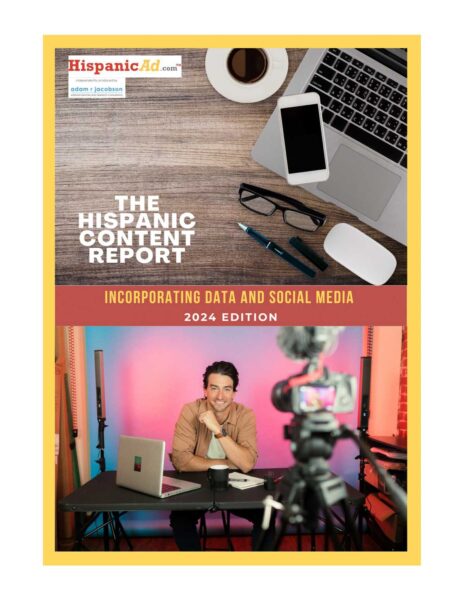Time Spent Online Increase Over Past.
November 16, 2002
Ten out of 12 global markets measured by Nielsen//NetRatings saw the average time spent online increase significantly between May and October 2002 . “The average time global surfers spend online is rising rapidly, according to the October Nielsen//NetRatings data,” said Richard Goosey, international chief of measurement science, NetRatings. “In Hong Kong, where time spent online was already an impressive 14 hours, surfers increased their web usage by more than ten percent over the past six months, to nearly 16 hours in October. In France average time spent online rose nearly 12 percent, and in Germany it increased by a massive 22 percent, with surfers spending more than ten hours a month online.
”The growth of high-speed Internet usage is pushing online time upwards, as well as surfers’ increased familiarity and dependence on the Internet,” added Goosey. ”Between September 2001 and 2002 in Germany, for instance, the number of surfers using a DSL connection has quadrupled. DSL surfers in Germany spend 21 hours a month online, compared to the six-and-a-half spent by their dial-up counterparts. We see similar patterns in other countries, such as Hong Kong, where broadband usage tops 75 percent, which is good news for both telecom providers and advertisers.”
Goosey also noted that Symantec and Sharman Networks were the biggest risers in the October list of the top 25 global Web properties, each gaining four spots since September. The results are from Nielsen//NetRatings’ Global Internet Index, which provides the only worldwide measurement of Web audience and usage patterns across 12 countries comprising nearly 70 percent of the global Internet audience universe.
In October 2002, Nielsen//NetRatings began tracking the Digital Media Universe (DMU) in the US, combining measurement of both Web-based traffic with Internet applications and browser channel audience data. Because of the DMU’s increased measurement coverage, Nielsen//NetRatings’ global average usage measurement for October saw increases in every metric except for the page views per surfing session, with the time spent per month and the active Internet universe each rising more than five percent. In the US, the active Internet universe previously represented persons who actively generated Web traffic, or URLs, through a Web browser. With the launch of the Digital Media Universe, the active Internet universe now represents persons who actively used a computer connected to the Internet and either generated Web traffic or launched and brought into focus any computer applications tracked by the Nielsen//NetRatings meter, or both. The impact of this change on the size of the active Internet universe is currently an approximate ten percent increase versus the previous definition based on Web-only activity.
In October, the Global Index includes data for 12 countries; in September, the Global Index included data for 13 countries. September data in this press release has been recalculated to match the countries measured in October to enable a trendable month-over-month comparison. October data for the US includes Digital Media Universe tracking, which combines Web-based traffic with Internet applications and browser channel audience data.
To view charts CLICK above on ‘More Images’.




























